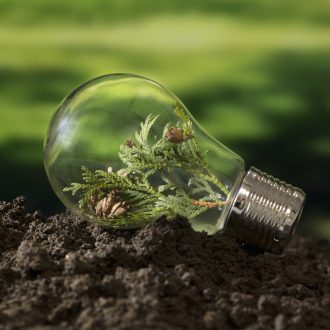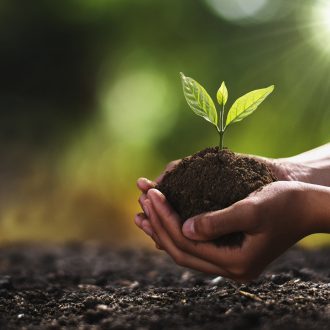
The introduction of heavy metals into water systems can result in both environmental issues as well as those that will directly impact human health. These metals, arsenic, cadmium, chromium, copper, lead, nickel, and Mercury being the most common, can end up in the water through various different means. Naturally, heavy metals may end up in the water because of weathering of soils and rocks and volcanic eruptions. Human activity also plays a role, however. Mining and urban runoff via stormwater systems are both responsible for the presence of heavy metals in our water. These contaminants regularly wash from tires, exhaust, road asphalt, oil and gasoline, and other things that you can regularly find in areas humans frequent.
You can find a lot of these contaminants on construction and industrial sites as well. Taking the proper measures to ensure that contaminants are appropriately contained is extremely important when it comes to protecting our valuable water sources from things that can make us sick. Unfortunately, once the contamination has occurred, it is increasingly difficult to remove heavy metals from both soil and water.
The first step is always identifying potential problem areas. Some common places that may be responsible for heavy metal contamination on your construction site can include:
- Concrete washouts
- Materials storage and delivery
- Use of certain materials during building
- Hazardous waste
- Spills
The best prevention measure in these cases is using some sort of containment. For example, a properly designed concrete washout can help to prevent any washout of contaminated materials. Ensuring the proper storage of fuels, hazardous waste, and other materials can also help prevent spills. Finally, having spill kits readily available for a quick response and ensuring inlets and other points of discharge are protected can function as a last line of defense in the case of an accident on site.
Sites that become contaminated with heavy metals are difficult and costly to clean. There are methods of remediation that can help to decrease contamination, such as certain filtration methods, but it should be noticed that through many trials of many different methods, no method seems to be successful in entirely removing the contaminant. With all this in mind, be sure to properly follow the appropriate guidelines and ensure all potential sources of pollution are stored and maintained. At KCI, our stormwater inspectors are trained to find these potential points of contamination, possibly saving you headache and tons of money in the future!



